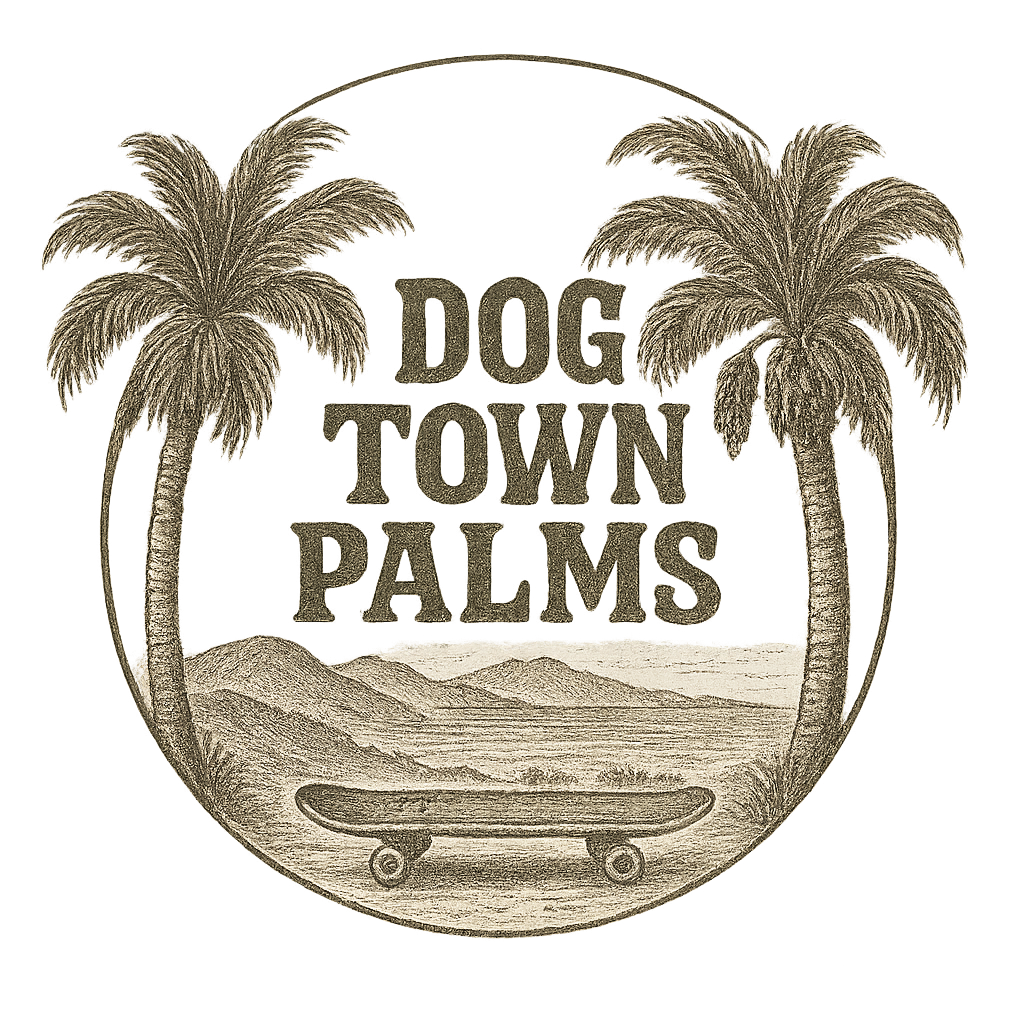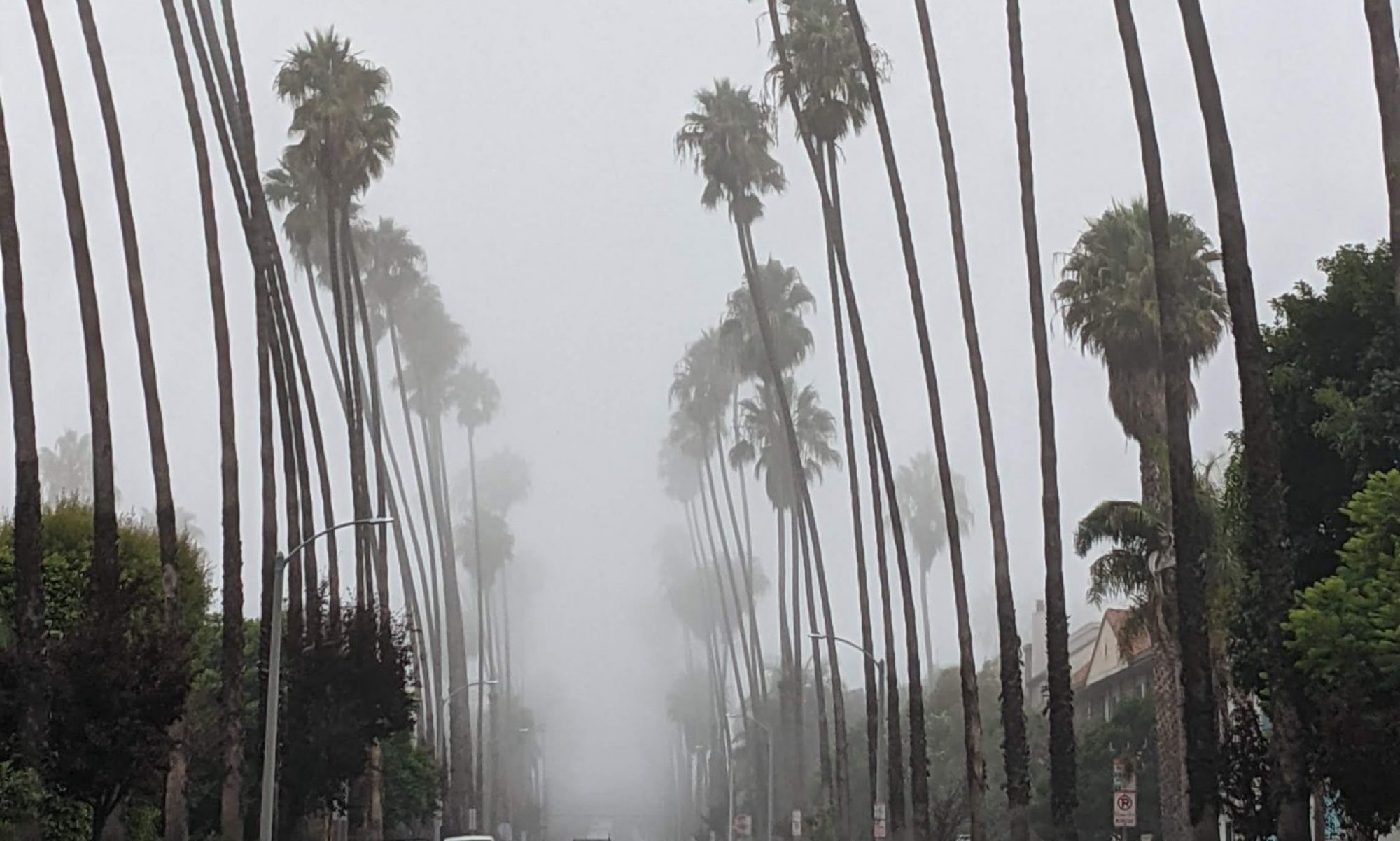Our Mission
DogTownPalms is an enthusiast blog dedicated to celebrating and documenting the magnificent palm trees that grace Santa Monica, California. We’re passionate about these iconic trees and love sharing their beauty, history, and stories with fellow palm enthusiasts and residents of Santa Monica.
This isn’t an official arboreal authority or scientific resource—it’s a labor of love from someone who finds joy in spotting, identifying, and appreciating the diverse palm species that call Santa Monica home. From the towering Mexican Fan Palms along Ocean Avenue to the elegant Queen Palms in residential neighborhoods, we document what we see and learn along the way.
The Story Behind DogTownPalms
The idea for DogTownPalms began during daily walks through Santa Monica’s streets and parks. I found myself constantly looking up at the palm trees, wondering about their species, their history, and their stories. Why are there so many different types? Which ones are native? How do they survive our coastal climate?
What started as personal curiosity grew into a project to document and share these beautiful trees with others who appreciate them. Every palm tells a story—whether it’s a century-old Canary Island Date Palm in Palisades Park or a newly planted Queen Palm in a neighborhood median.
What You’ll Find Here
Species Profiles
Detailed looks at Santa Monica’s palm species, including:
- Common and Latin names
- Visual identification traits
- Where to find them in Santa Monica
- Seasonal observations and care notes
Location-Based Content
- Neighborhood palm spotlights
- Park and street tree inventories
- Interactive map of palm locations
- Photo essays of notable specimens
How to Use This Site
Start Here:
- Explore the Map – Get oriented with Santa Monica’s palm locations
- Browse Species – Learn about different palm types you’ll encounter
- Read Field Notes – Discover seasonal changes and local stories
For Palm Identification:
- Look at frond shape (feather vs. fan)
- Check for crownshaft (smooth trunk section)
- Note trunk texture and color
- Observe fruiting patterns
- Consider the overall silhouette and height
Accessibility: All images include descriptive alt text, and content is structured for screen readers and other assistive technologies.
Credits and Sources
References:
- City of Santa Monica Urban Forestry resources
- Local horticultural experts and arborists
- Palm identification guides and botanical references
- Santa Monica Historical Society archives
Acknowledgements:
- Local residents who share palm tree stories
- Photographers who contribute to our image collection
- Palm enthusiasts who provide corrections and updates
- Santa Monica’s urban forestry team for their expertise
Frequently Asked Questions
Are palms native to Santa Monica?
No! All but one palm species is not even native to the State of California (there are three others native to The Californias. They were introduced for landscaping and have become iconic elements of our coastal landscape.
Which palm is the tall street palm?
The Mexican Fan Palm (Washingtonia robusta) is the most common tall street palm, often reaching 60-80 feet tall.
Why are there so many palms along the coast?
Palms were planted extensively in the early 20th century to create a tropical, resort-like atmosphere that attracted tourists and residents.
Do you accept guest photos?
Yes! We welcome contributions from fellow palm enthusiasts. Contact us with location details, species identification, and any interesting observations.
Content and Image Use
Content License: All original content on DogTownPalms is shared for educational and appreciation purposes. Please credit DogTownPalms when sharing our content.
Image Permissions: Photos are taken from public spaces with respect for private property. We do not trespass or disturb residents.
Disclaimer: While we strive for accuracy, palm identification can vary based on microclimate, maintenance, and individual tree characteristics. Conditions may differ from our observations.

